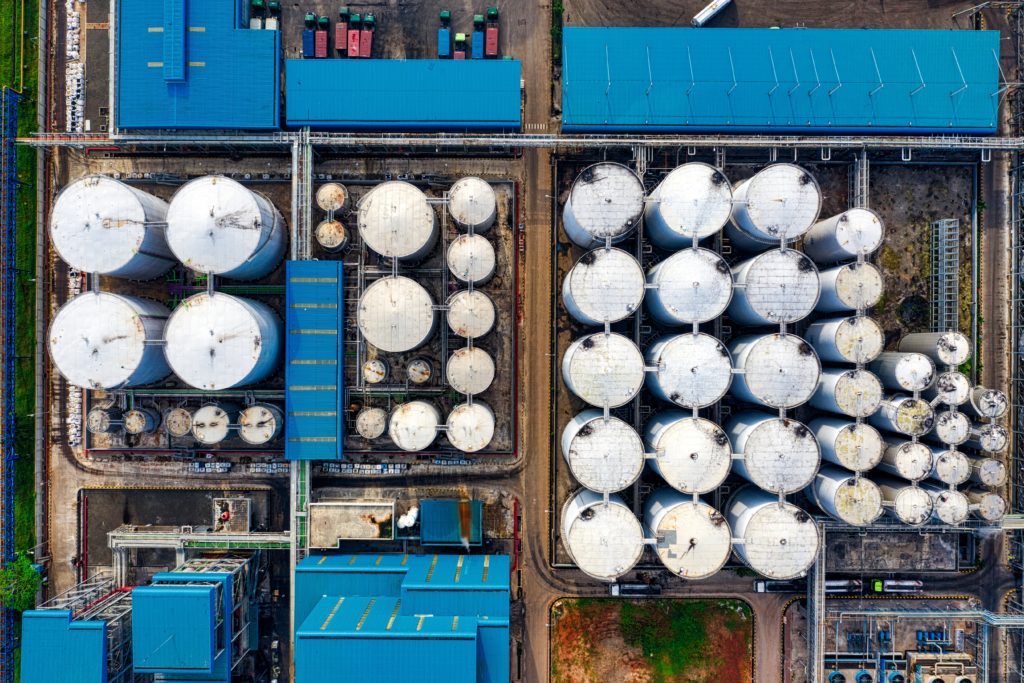Logistics managers are feeling the increasing pressures presented by rising demand in e-commerce and omnichannel fulfillment. Managers of Warehouses and Distribution Centers (DCs) are battling with smaller orders, ever-decreasing delivery windows, and persistent labor shortages. Many of them are turning to technology to help ease the workflow burden.
While automation, robotics and Artificial Intelligence (AI) are all starting to make an impact on DCs across the globe, the Warehouse Management System (WMS) has been a stalwart of the technological revolution within logistics. Responsible for overseeing inventory levels, traffic management, shipping, picking, and almost any other task undertaken in a conventional warehouse location, these systems have helped to streamline processes and increase efficiency.
But some of these systems are becoming outdated themselves, so what’s next on the horizons for WMS? What can we expect to see as we progress through the 2020s? Here are a few key trends to look out for:
1. Increased Use of Machine Learning to Adapt to Changing Conditions
WMS has been around for decades, which means many systems are overdue an upgrade. Many providers are turning to the latest advances in AI to increase efficiency and productivity. By adding these machine learning algorithms, WMS can better reflect the demands of modern warehouses.
For instance, vendors such as Manhattan now incorporate algorithms into their order streaming software, which senses changing conditions within the warehouse. Today, if a picking process is underway and suddenly shifts to a difficult-to-pick batch, the system can redistribute allocation without the need for any human intervention.
2. Systems Capable of Injecting Last-Minute Orders into Waves
Picking waves are an everyday process in logistics warehouses. However, many WMS providers are looking at how to make these processes “smarter.” With the increasing demands from e-commerce, many warehouses are looking at how they can become “waveless” in their fulfillment practices.
But while that approach is still gaining traction, automation technology is helping to maximize existing wave arrangements by automatically allocating rush orders in the middle of picking waves. Only 30% of WMS users are taking advantage of this functionality, so expect this to increase rapidly over the next few years as warehouses gradually shift over to waveless operations over the next decade.

3. Big Shift Toward More User-Friendly Interfaces
Logistics managers are busy enough running their DCs, they don’t want to have to spend hours sifting through millions of data points trying to figure out which snippets of data provide actionable strategies and which are better ignored. WMS providers are looking to remedy this by presenting data insights in a more user-friendly format, making implementing change a much smoother and simpler process.
Vendors are also looking at ways lower-level supervisors can use app-based interfaces to implement changes “on the hop” when pickers are already out on the warehouse floor. The need for even lowly retail clerks to understand inventory levels and shipping times is fast approaching, especially considering we already live in a world of 1-hour delivery times.
4. Better Return-to-Inventory Management
As orders made via e-commerce will rise from 14.1% to over 22% of global sales over the next four years, so will the level of returns. The customer of the future will have zero tolerance for late, missing, or damaged orders, and warehouses need to make changes to cope with those demands.
Not all returns are equal; some are perfectly saleable items, whereas others are unusable. WMS systems need to adapt to sort saleable returns from those that are not promptly. The speed at which returns are added back to inventory will become a focus for WMS vendors over the coming years. It will not be long before warehouses are required to accept returns and redistribute them on the same day.
These trends reflect an overarching theme of introducing AI, robotics, and automation into WMS and the general warehouse environment. The repetitive and mundane nature of plenty of warehouse tasks makes the whole industry ripe for technological advancement. The WMS trends outlined above are just the beginning; it’s not a giant leap to suggest that processes such as picking waves are to become fully autonomous through the use of AI-driven drones in the near future. It’s now a case of when, not if, those types of changes are implemented.


